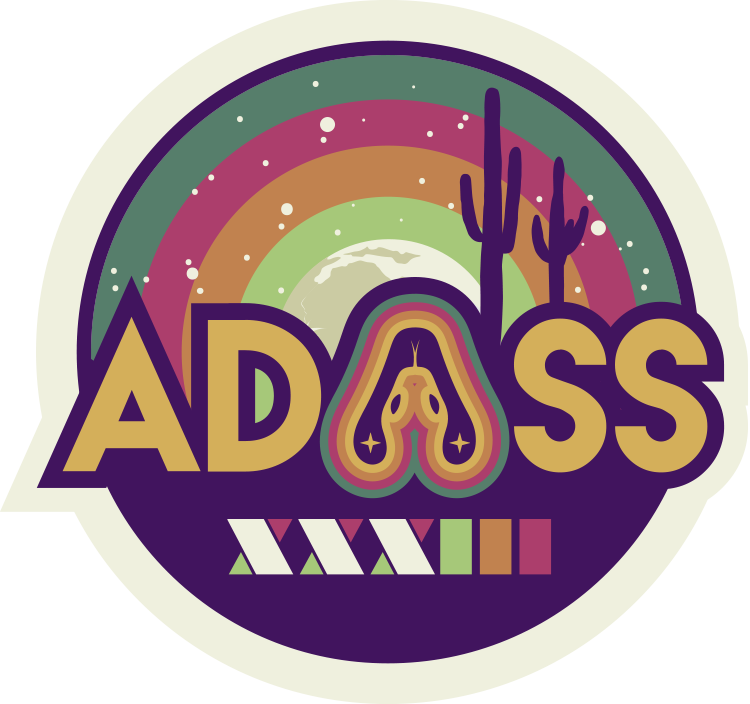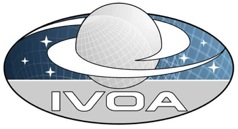ADASS posters are displayed all week
When
Theme: Software, tools and standards for Solar System, heliophysics, and planetary research
This abstract presents our work for collaborative and guided visual analytics methods in four scientific applications within the EXPLORE EU project (https://explore-platform.eu). To offer this, we use Visualizer, a web-based open-source research framework for rapid prototyping of visual analytics applications developed at Know-Center. Simple APIs ensure extensibility of visual and algorithmic methods as well as integrability to third-party web applications.
In the G-Tomo application we visualize extinction data in a 3D volume visualization enabling users to explore dust clumps and areas of low-density. Depending on the selected cube size, different resolutions of the data are loaded in the visualization (see Figure 1). Custom interaction methods enable users to create and modify slices in the 3D volume visualization and display the selected slice in a contour plot where they can annotate areas of interest (see Figure 2). The two visualizations have been seamlessly integrated in the G-Tomo Dash application. The S-Phot application aims to estimate stellar parameters, e.g., surface temperature, to deviate other parameters. To support the data exploration, a “Default UI” has been configured showing a Hertzsprung-Russel diagram, the S-Phot science visualization, the AladinLite visualization, as well as two tables (see Figure 3). Annotation capabilities have been included in the first two visualizations enabling users to mark interesting findings. Besides this, a user guidance component has been implemented supporting users in selecting interesting data fields, algorithmic methods, and visualizations (see Figure 4). Thus, when users select data fields and specify their analytical goal, recommended workflows are retrieved from the server and are displayed in the UI. This supports especially less experienced users in applying useful analytical workflows and retrieve meaningful insights. AI methods enable us to cluster stars depending on their parameters; however, they do not provide any details on why they have been clustered together and how they are different to other clusters. To overcome these limitations, we proposed an “Information Landscape” visualization enabling users to select clusters of interest and explore the distribution of parameters within a histogram (see Figure 6). Users can annotate clusters and thus easily share insights on the investigated data. Planetary scientists are interested in exploring the spectral composition of different locations also on different planets. Searching and identifying similar spectral profiles cannot be done manually. Thus, we implemented a spectral profile search using several DTW algorithms to support them in identifying similar spectral profiles for the Lunar application (see Figure 5). It enables users to either load their own spectral profiles or select spectral profiles from a sample cube and search for similar profiles, either in the same cube or in the USGS library data (https://crustal.usgs.gov).



